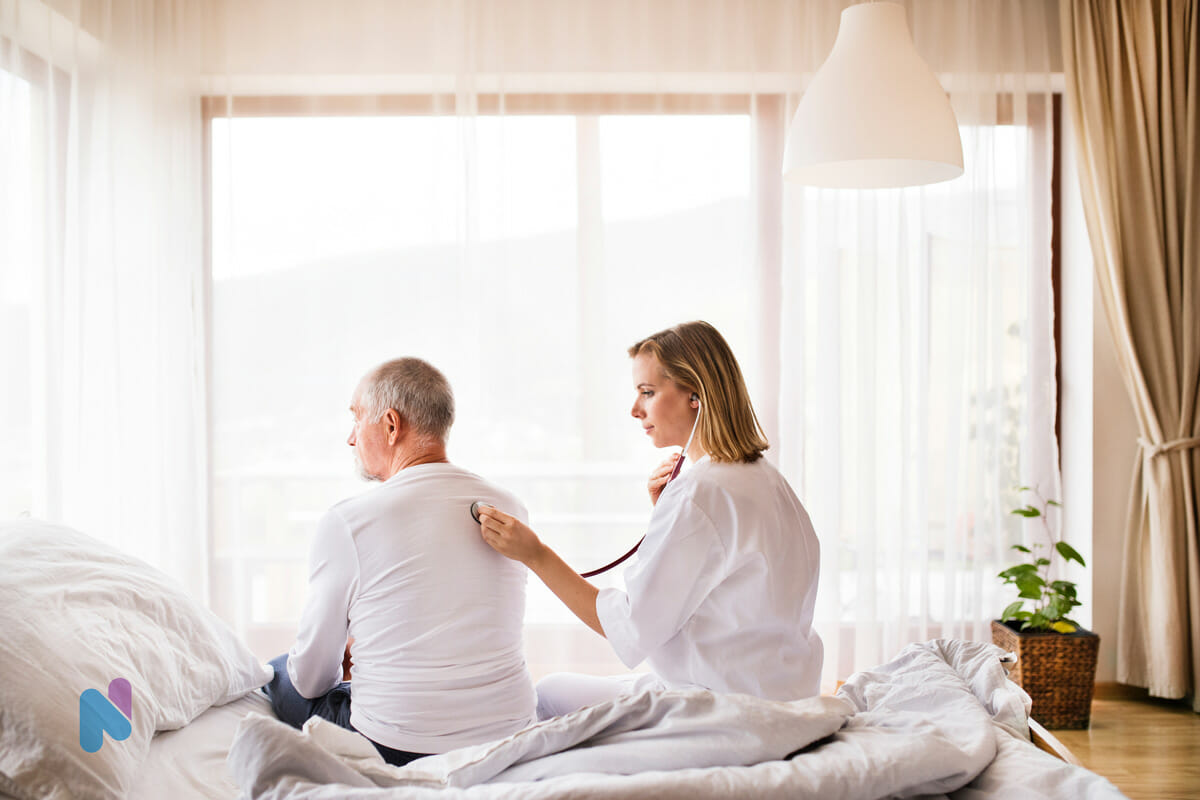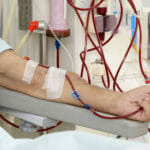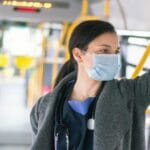The quality of respiratory devices has grown tremendously over recent years. And there are a variety of respiratory diseases that benefit from these advanced tools.
Respiratory equipment assists with the removal of mucus from the airways and improves pulmonary functions. Many devices are user-friendly and allow the user to enjoy a higher level of independence than they would without it.
Especially since the COVID-19 Pandemic, the focus on respiratory devices and quality of life has massively increased. However, there are still a lot of uncertainties for folks.
It can be difficult to decide which device is best for each person’s specific medical condition. Someone with chronic lung diseases may need a different respiratory device than someone with other respiratory diseases.
Learn about respiratory devices with our detailed list below of devices for airway management and oxygen supply.
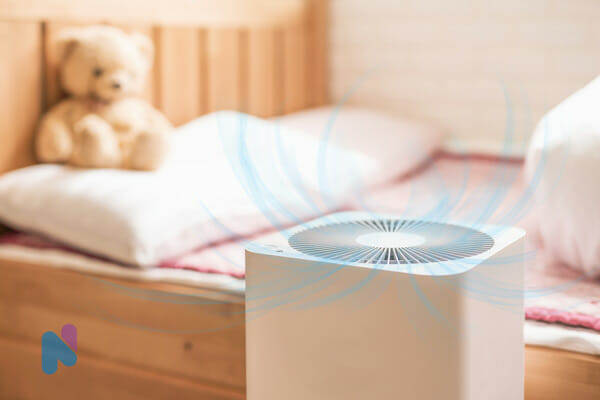
Common Respiratory Equipment List
IN THIS ARTICLE
Air Cleaners
This type of device is also known as an air purifier and can improve the quality of air an individual breathes. It can be used in the home or office due to respiratory disease, illness, allergies, and asthma.
It can also be used if you live or work in an area with poor air quality. Air cleaners may use a filter system or an ionic cleaning process.
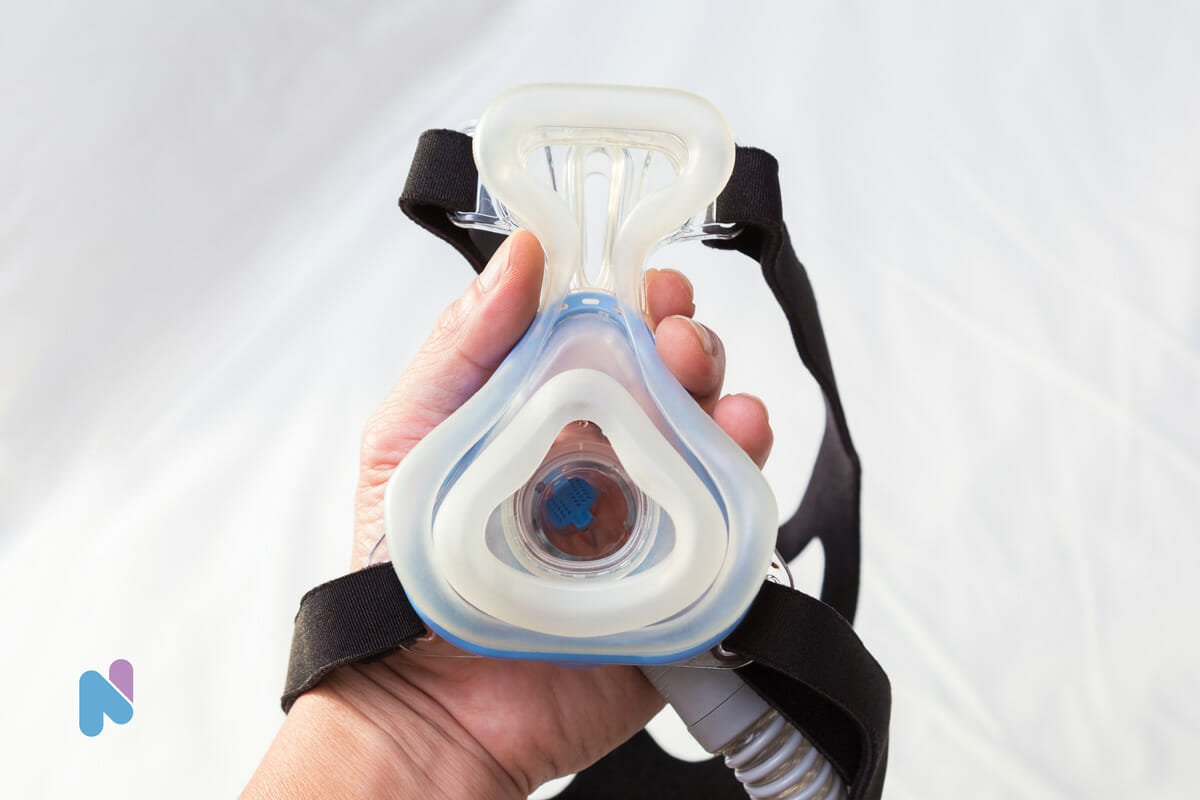
CPAP Machines
CPAP is short for continuous positive airway pressure.
These machines are a major factor for people with sleep apnea or a respiratory illness, like chronic obstructive pulmonary disease (COPD). The machine sends pressurized air from the machine to a mask that covers the user’s nose.
It is designed to prevent the airways from closing during sleep.
- CPAP Accessories. Over time, the CPAP machine may need replacement parts or repairs to keep it running smoothly. Take notice of the filters, humidifier unit, airway connector valves and tubes, tubing for the climate controlled air delivery, water tub, and all straps or cushions. Ensure these parts are in working order to maintain the quality of air being delivered to the user.
- CPAP Masks. For high-quality treatment and management of obstructive sleep apnea, it is important to have a mask that is properly fitted. There are different masks to fit both men and women, and numerous styles for individual comfort.

BiPAP Machines
BiPAP (or BPAP) stands for Bilevel Positive Airway Pressure. A BiPAP machine is similar to a CPAP machine in design and function.
It is a noninvasive therapy primarily used for patients with sleep apnea. The main difference is that a CPAP machine provides a singular airway pressure, while a BiPAP machine provides two levels of air pressure.
With a singular level, it can be difficult for patients to exhale against the incoming air. BiPAP machines allow for two pressure settings: the prescribed pressure for inhalation (ipap) and a lower pressure for exhalation (epap).
This allows the patient to get more air in and out of their lungs, which can be a more comfortable experience.
Portable Emergency Oxygen Systems
These systems consist of durable casing that contains medically pure oxygen, a mask, and tubing.
The system is designed to administer oxygen to a person during an emergency until medical professionals arrive. It is best to keep these units stored where they can be easily and quickly reached during an emergency.
They may be particularly useful during a stroke or heart attack.
Nebulizers
This is a small device that gives aerosol medication to an individual through a mouthpiece, tubing, and medicine cup. They are commonly used for individuals with COPD, asthma, and other respiratory conditions.
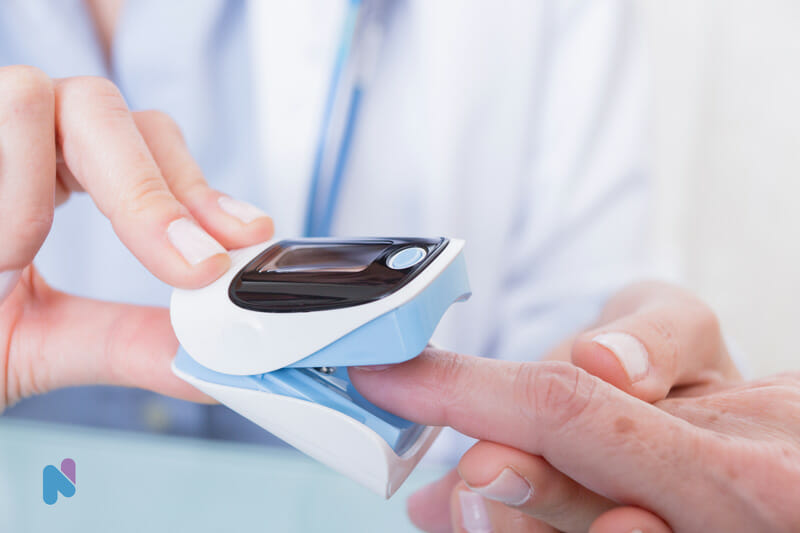
Pulse Oximetry Meters
A person can use this small, clip-like device easily by themselves. It is painless and noninvasive.
Most often, an oximetry meter is placed on a finger. A pulse oximetry meter measures how well your heart is pumping oxygen through your body. The machine identifies your pulse rate and blood oxygen saturation reading.
- A pulse oximetry meter can be useful for people with: COPD, asthma, pneumonia, lung cancer, anemia, chronic diseases, heart attack or heart failure, and congenital heart defects.
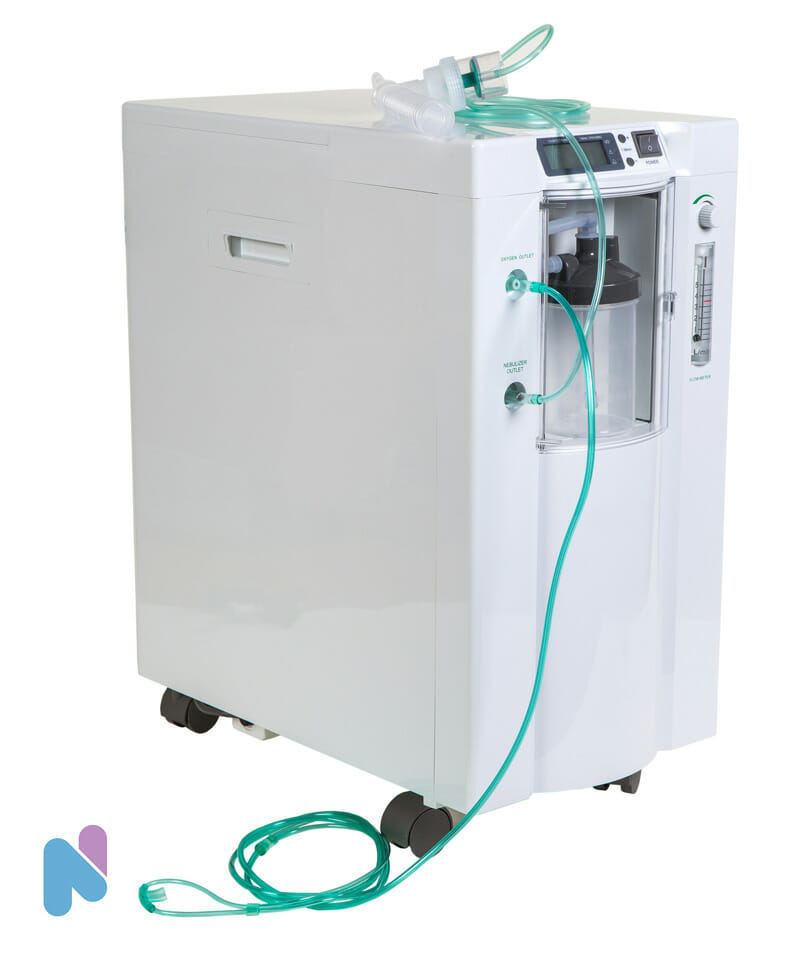
Home Oxygen Concentrators
Concentrators provide people that have a respiratory illness with medical-grade oxygen. They are generally used in the home and powered with a wall outlet.
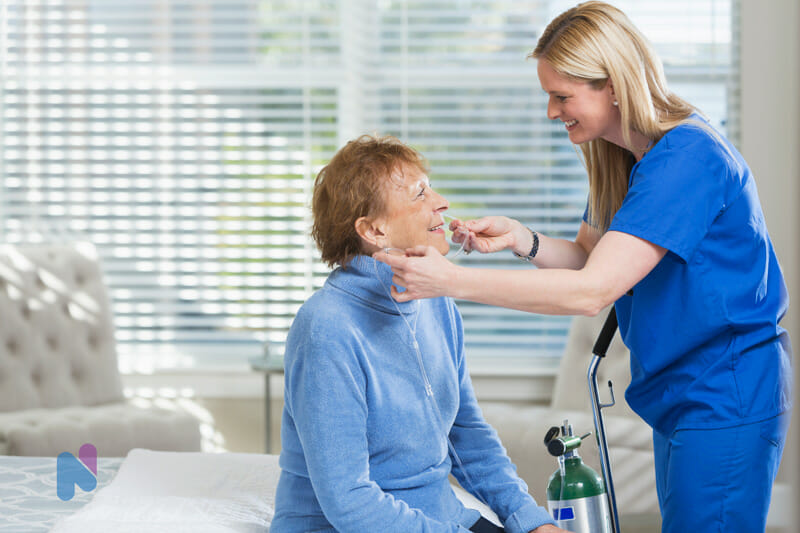
Portable Oxygen Cylinders
These cylinders are used in oxygen therapy. They come in many different sizes and styles. The product is intended for us in the office, car, and home, and it runs off of battery power.
Suction Machines
These machines can be portable or powered by an outlet. They assist the body with removing secretions from an individual’s airways to help them breathe.
The machine consists of tubing, a face mask, and generator to provide plenty of pressure to clear the lungs.
If you or a loved one is living with a chronic respiratory illness or other condition that affects airway/lung function, respiratory therapists and home nurses can be a helpful part of a care team.
NurseRegistry can match you or a loved one with a skilled nurse for care at home. Our nurses are licensed in a wide variety of specialties. That includes experience with diagnostic devices, tracheostomy tubes, mechanical devices, and much more.
Our licensed nurses and healthcare professionals can provide specialty care services such as airway or ventilator care. Care is available for patients of all ages, and scheduling is flexible.
Call us at (650) 462-1001 to discuss your care needs. Or, click below to submit an inquiry form online and we will contact you as soon as possible.
Resources:
The American College of Chest Physicians has a list of guidelines and resources about airway disorders and care
American Academy of Allergy, Asthma, & Immunology is a resource for the research and treatment of respiratory diseases
A Breath of Hope Lung Foundation fights lung cancer by funding innovative research, raising awareness, and supporting patients and their families
Disclaimer: The information provided in this article is not intended to diagnose health problems or take the place of professional medical advice or care you receive from a health care provider. Diagnosing lung diseases or other respiratory conditions must be confirmed with a licensed medical professional. Always consult your healthcare provider about symptoms, health problems, medications, and treatments.

